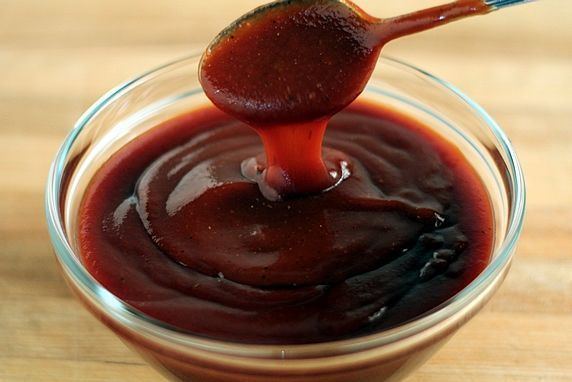 | ||
Similar | ||
Eastern north carolina style barbecue sauce north carolina vinegar pepper bbq sauce recipe
Barbecue sauce (also abbreviated as BBQ sauce) is used as a flavoring sauce, a marinade, basting or topping for meat cooked in the barbecue cooking style, including pork or beef ribs and chicken. It is a ubiquitous condiment in the United States and is used on many other foods as well.
Contents
- Eastern north carolina style barbecue sauce north carolina vinegar pepper bbq sauce recipe
- Homemade barbecue sauce
- History
- Variations
- South America
- Australia
- United States
- Asia
- References

The ingredients vary widely even within individual countries, but most include some variation on vinegar, tomato paste, or mayonnaise (or a combination thereof) as a base, as well as liquid smoke, onion powder, spices such as mustard and black pepper, and sweeteners such as sugar or molasses.

Homemade barbecue sauce
History
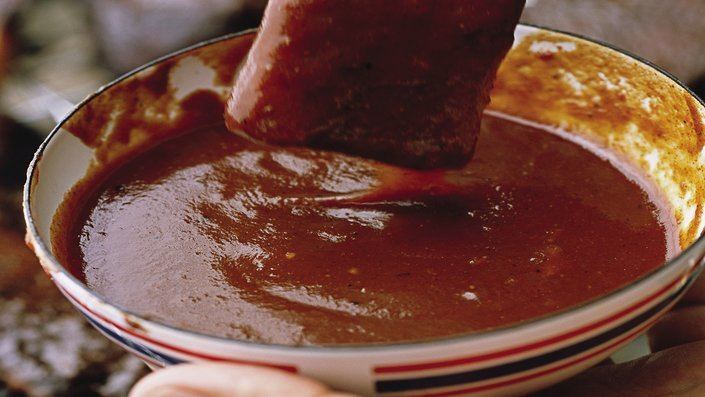
Some place the origin of barbecue sauce at the formation of the first American colonies in the 17th century. References to the substance start occurring in both English and French literature over the next two hundred years. South Carolina mustard sauce, a type of barbecue sauce, can be traced to German settlers in the 18th century.
Early cookbooks did not tend to include recipes for barbecue sauce. The first commercially produced barbecue sauce was made by the Georgia Barbecue Sauce Company in Atlanta, Georgia. Its sauce was advertised for sale in the Atlanta Constitution, January 31, 1909. Heinz released its barbecue sauce in 1940. Kraft Foods also started making cooking oils with bags of spice attached, supplying another market entrance of barbecue sauce.
Variations
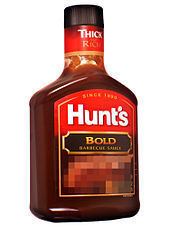
Different geographical regions have allegiances to their particular styles and variations for barbecue sauce. For example, vinegar and mustard-based barbecue sauces are popular in certain areas of the southern United States, while in the northern U.S. tomato-based barbecue sauces are well-known. In Asian countries a ketchup and corn syrup-based sauce is common. Mexican salsa can also be used as a base for barbecue sauces.
South America
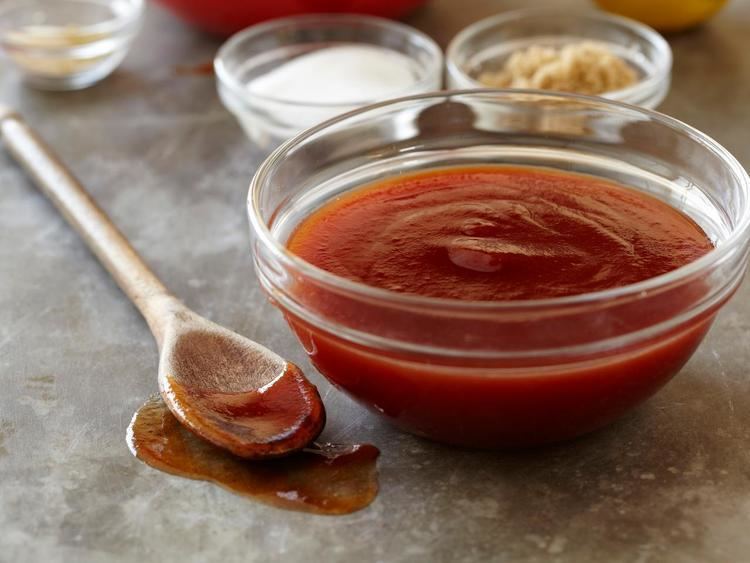
The sauce for asado, similar to barbecue in Argentina and Uruguay, is called chimichurri – a parsley based green sauce used as a condiment on the table, a marinade, and a grilling sauce. Chimichurri is used on beef, lamb, pork, goat, fowl, venison and root vegetables. Chilean pebre, which is based on chopped tomato and contains onion, parsley or coriander and sometimes chilli, can be used in a similar manner, or served as an accompaniment to asado; sauces in the Andean countries of Bolivia, Peru and Ecuador tend to be more piquant.
In Brazil, the typical barbecue sauce is called vinaigrette (made with vinegar, olive oil, tomatoes, parsley and onions).
Australia
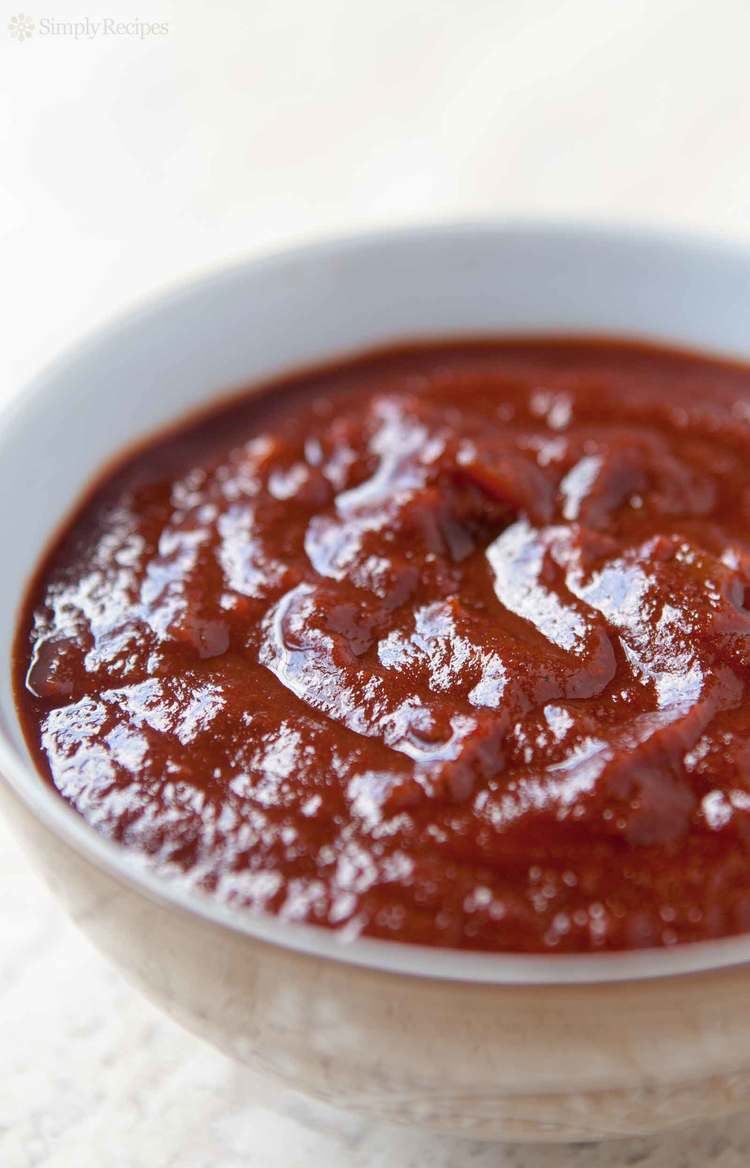
In Australia, "barbecue sauce" principally refers to a condiment in the same regard as ketchup. Typically it is a caramelized tomato-based sauce, dark brown in color, replicating the smoky flavors of barbecue grilling. Australian barbecue sauce made at home is sometimes simply a blend of tomato sauce and Worcestershire sauce. Commercially, the various brands in the market range from a fruity flavor to a sauce similar to brown sauce. This type of BBQ sauce is also commonly used in New Zealand. It is most often applied to meats, either after being cooked or applied before for marination.
United States
The U.S. has a wide variety of differing barbecue sauce tastes. Some are based in regional tradition.
